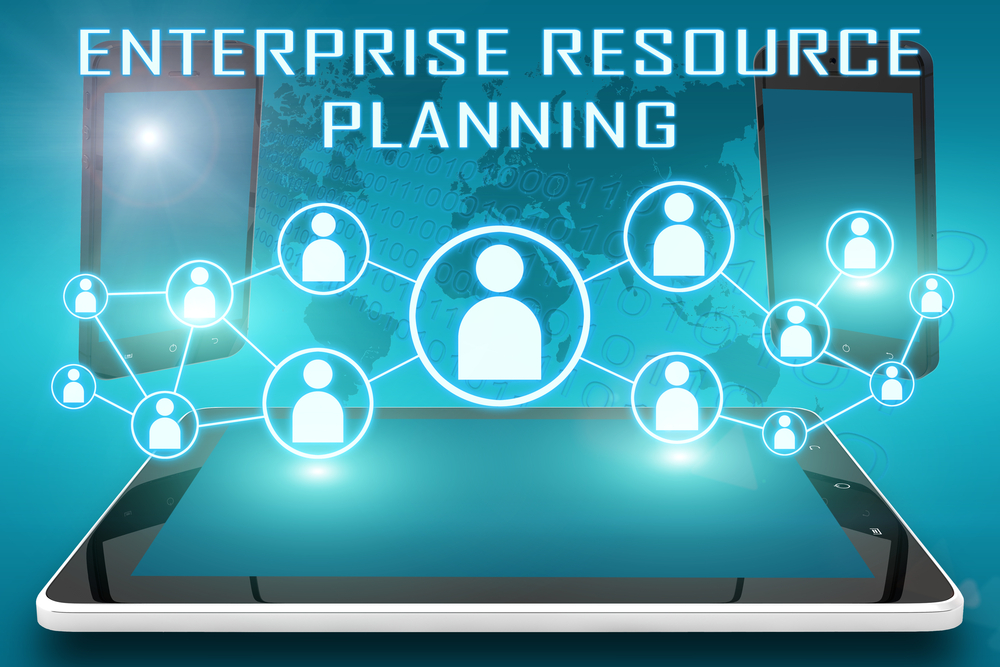Enterprise resource planning (ERP) is one of the most important tools in an organisation, supporting and managing business processes in communication, development, production and sales, and providing transparency in stock and the flow of goods.
Scenarios for its use are as varied, individual and complex as the companies in which it is used. And given the sheer number of options on the market, it is a real challenge to find the right solution for each individual organisation.
>See also: How to keep ERP complexity out of the spotlight
Despite vast differences in products offered, lines of business and employee counts, the same principle applies to all companies: the use of appropriate business software supports the running of the business and its success.
The software must be an exact fit for the company’s strategy, and cover not just current needs, but any future needs too. This applies equally to current and future technology requirements and innovations.
An ERP solution contributes to growth and enables a company to react more quickly to changes in market demand and therefore be more successful in the long-term.
It manages all processes within the company, provides an appropriate information base, increases financial transparency, optimises the distribution and customer communication processes, and streamlines the manufacturing process.
The search for an ERP solution should therefore be well planned. Time is needed to determine current and future requirements and to scrutinise the market for the most appropriate provider.
The company’s aim is to achieve its objectives by choosing the most appropriate ERP solution and to thereby gain a long-term competitive advantage.
According to analyst firm Gartner, top business priorities have shifted in recent years from cost saving to growth and profitability. For no less than 41% of companies, growth is now one of the top three priorities and IT solutions play a pivotal role in making this happen.
>See also: Five reasons to avoid an ERP 'frankencloud'
Therefore, ERP software can help businesses to meet their priorities. Here is a six-step outline of the fundamental questions decision-makers need to answer before they can begin their search for the appropriate software.
Only if the corporate goals and strategy have been clearly defined can the best ERP solution be found and its introduction can be considered a success. And this applies to all businesses – the software needs to fit the company’s needs.
1. Determine your reasons and objectives
Make the decision collaboratively with your departments, your managers and your IT support. As a team, identify the weak points in your organisation and opportunities to optimise.
You can only recognise and effectively evaluate your requirements and goals together. Keep asking the question: what do we want to achieve by introducing an ERP solution?
Your “to-be” processes should be defined on this basis and included in a specification document. This will detail the requirements of the software.
2. Scrutinise the company strategy and establish the requirements
Take another look at your company strategy, including the strategic goals of individual departments. The strategy is significant in the appropriate choice of software. Note down in your specification all the requirements of the ERP solution which derive from the company strategy.
3. Scrutinise cost effectiveness – capital expenditure budgeting
As far as is possible, analyse the cost effectiveness of the planned software deployment. In this you should assess the cost of the current “as-is” processes, the future cost of the “to-be” processes and any knock-on effects, as well as all investment costs. Compare them all.
From this, you will be able to estimate the project’s profitability and the payback period. You should also evaluate the effects that are not directly measurable such as transparency, flexibility, customer and employee satisfaction. These are as important as the financial aspects. Finally, draw up an overall list of priorities.
4. Determine the required functionality and level of specialisation
Determine the extent to which your company needs specific industry functionality, or whether it is a question of deploying a more flexible generic software.
Again, this needs to take your company strategy into consideration. How dynamic and flexible must the software be? As a guide, the more specialist, well-established and constant an organisation is, the more suitable industry-specific software would be.
The more dynamic, flexible and international a company is, the more appropriate generic software. Also, involve the main users from the affected company divisions and include them in the decision-making process. They are obviously closer to the day-to-day business and often know the processes better than management or an IT specialist.
5. Architecture check
All approaches have advantages and disadvantages. For this reason, they must be assessed both for their practical and financial viability. See how the “as-is” position of your existing IT infrastructure and the “to-be” position of the application scenarios fit with the architecture and technology approaches.
By doing this, you will establish the most appropriate approach and combination. Consider your priorities according to your individual criteria. In particular, think about independence, security, flexibility, openness, initial outlay and operating costs etc. Ask your IT department to draw up an architecture roadmap and weigh up alternatives.
6. Evaluate soft factors
Assess the soft factors, as well – and include them in your selection process. They are as relevant in your decision as the hard factors, especially if different ERP systems work out almost identical in cost and characteristics.
>See also: The 4 new roles of the CIO
Even though choosing an ERP solution can be challenging, it is worth the time spent. Long-term, the right solution will pay for itself in business success, employee satisfaction and company growth.
With good preparation and planning of the selection process, the decision may be easier than IT departments often assume.
Whilst there may be some initial resistance from employees, it can bring faster optimised processes, lower costs and greater transparency – enabling the company to quickly and flexibly adapt to market requirements.










